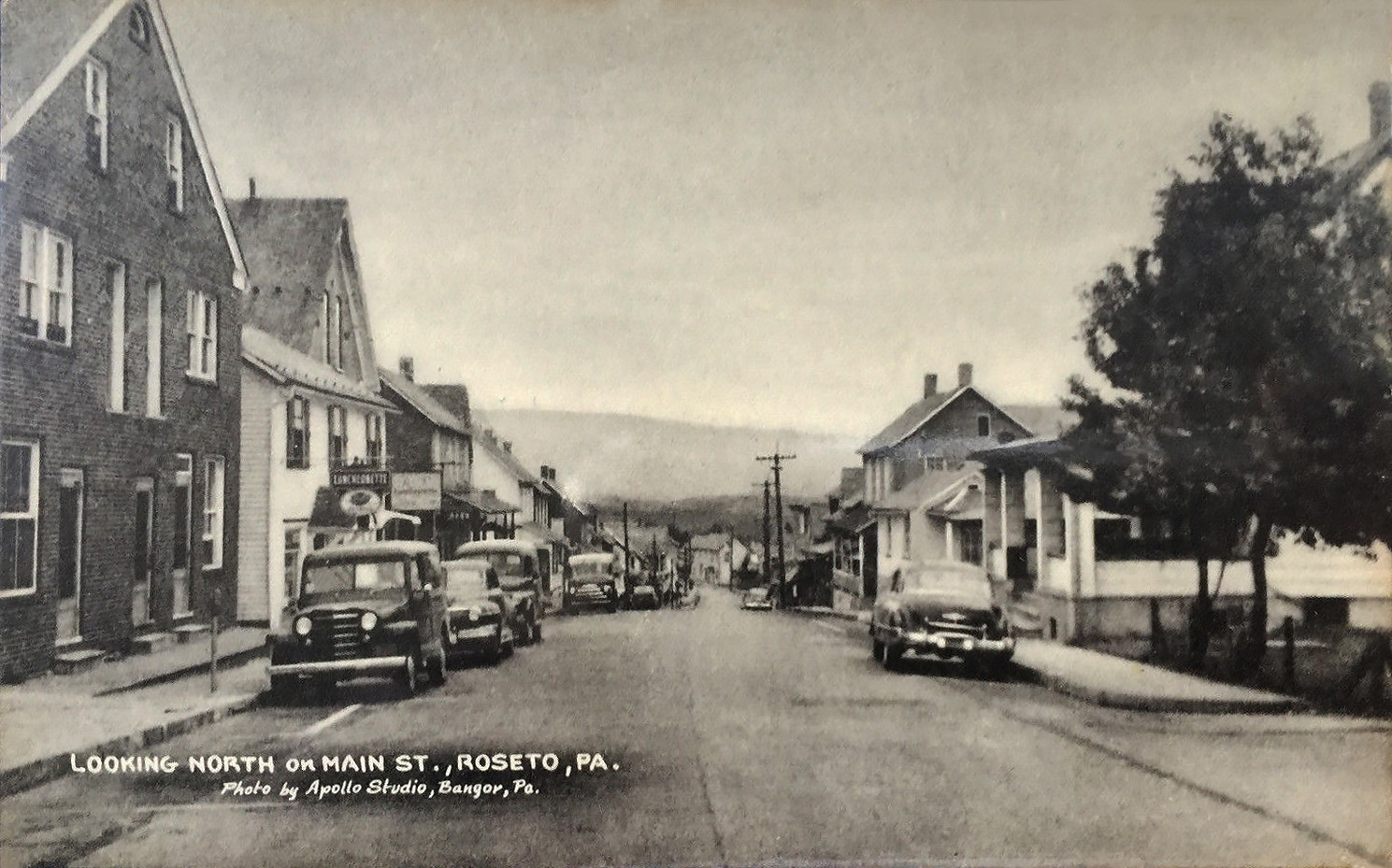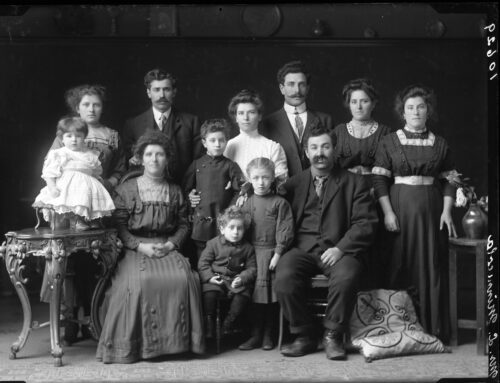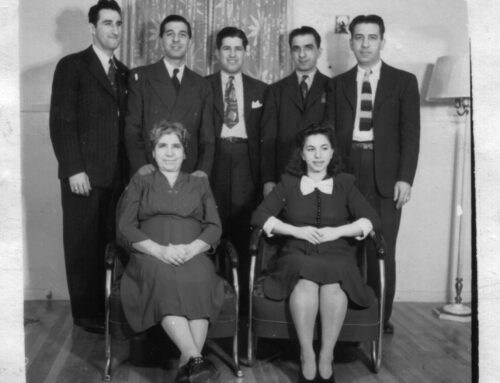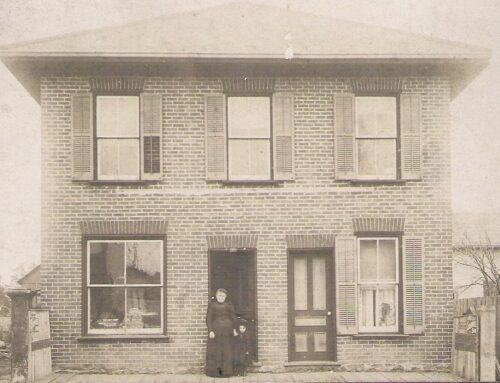The town of Roseto, Pennsylvania was the subject of a study on heart disease in the early 1960’s. It was found that the rate of heart disease was half the national average. The authors of the study concluded that close family ties and support within the community were the main reason the residents had a relatively stress-free life and therefore lower incidence of heart disease. At this time the population of Roseto was nearly one hundred percent Italian with the vast majority of it’s residents being immigrants from Roseto Valfortore in the province of Foggia, Italy.
The first immigrants arrived in 1882, lured by the availability of jobs at the slate quarries in Northampton county near the villages of Bangor and Pen Argyl, Pennsylvania. The new settlers eventually began to buy up land near the quarries and the settlement became known as New Italy. When the town was incorporated as a Borough in 1912 they named it after their beloved home town in Italy.

Looking north on Main St. (Now Garabaldi Ave) 1940's or early 1950's
In 2014 PBS produced a four part series entitled The Italian Americans. A short section of the first episode explores Roseto, Pennsylvania and provides some background on the medical study that gave rise to the Roseto Effect. Click the photo below to watch the video.




